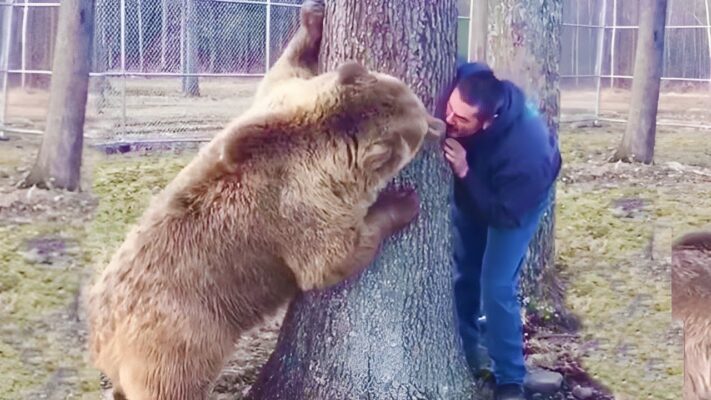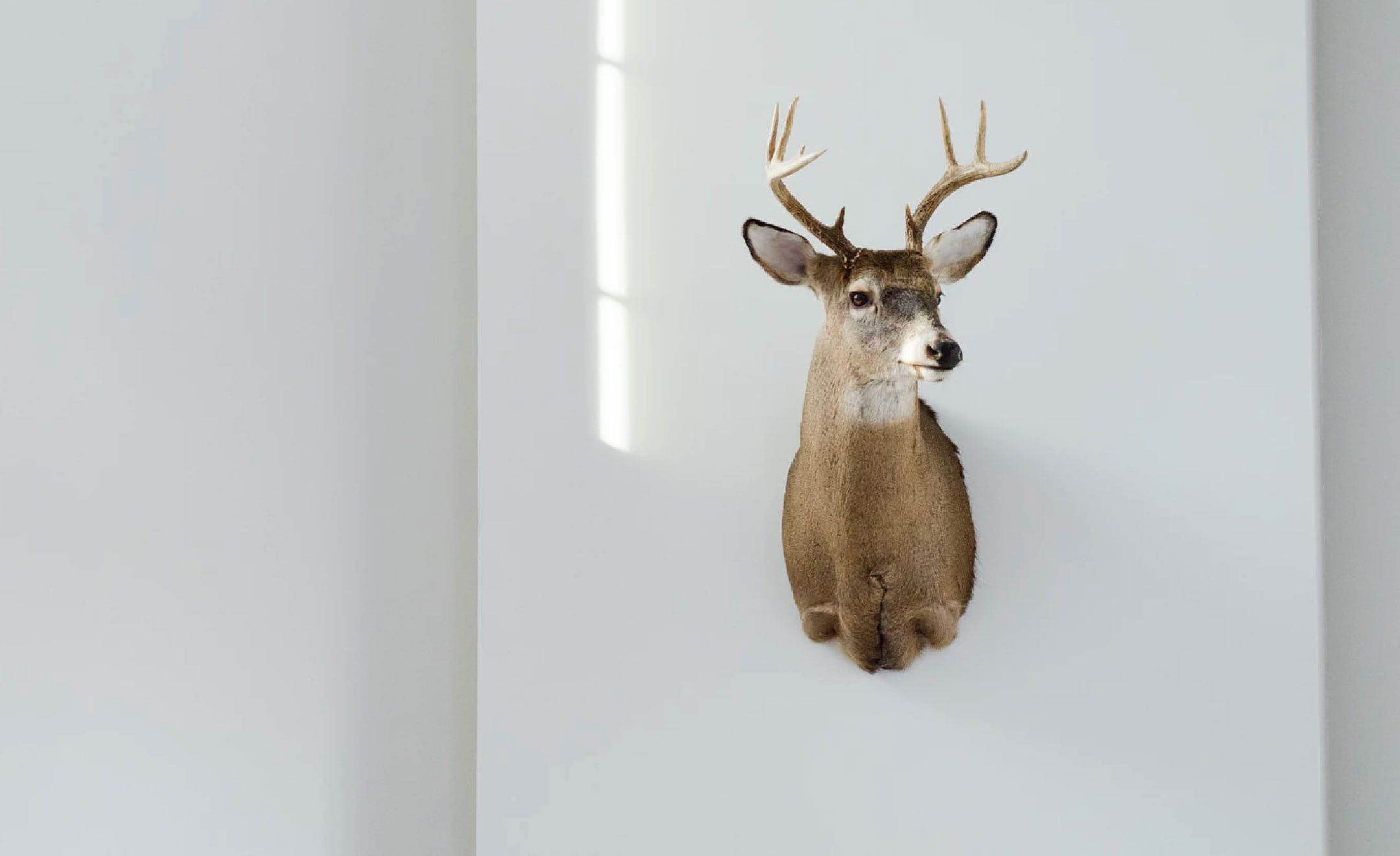Wild Encounters: Heartfelt Moments Between Humans and Wildlife
The intricate tapestry of life on Earth is woven from the connections shared between various species, particularly between humans and wildlife. These encounters often serve as poignant reminders of our place within the natural world, revealing both the fragility and resilience underlying these relationships. Recognizing the profound emotional and psychological benefits derived from these interactions, it becomes essential to explore the heartfelt moments that arise when humans and wildlife cross paths. Through shared experiences, moments of wonder, and the cultivation of empathy, such interactions not only enrich our lives but also foster a deeper understanding of our shared ecosystem.

Central to the experience of wild encounters is the element of surprise that accompanies unexpected interactions with animals. Such moments can occur in diverse settings: from an urban park where a curious squirrel approaches a passerby, to a remote wilderness area where a hiker witnesses a majestic deer at dawn. These spontaneous encounters, characterized by genuine curiosity and mutual observation, underscore the inherent charm of wildlife. For instance, a child feeding birds at a local pond or a photographer patiently waiting for the perfect shot of a stunning wildlife scene encapsulates the beauty and innocence often found in these moments. As humans engage with wildlife, a palpable connection emerges—a shared awareness that transcends the boundaries of species, thereby engendering a sense of belonging within the natural world.
Moreover, wild encounters frequently reveal the profound empathy that can develop between humans and animals. Stories abound of unlikely friendships between species, where humans have cared for injured animals or formed bonds with them in their natural habitats. These instances serve to humanize the wildlife in our midst, prompting individuals to consider the emotions and struggles that animals experience. For example, the heartwarming tale of a sickly otter being rehabilitated back to health not only stirs emotional responses in observers but also highlights the ethical responsibility humans bear toward other living beings. Such connections inspire a compassion that often leads to conservation efforts, encouraging individuals to advocate for the protection of wildlife and their habitats.
Furthermore, the mental and emotional health benefits of these interactions cannot be overlooked. Numerous studies indicate that engaging with nature positively impacts human well-being, reducing stress and promoting happiness. The tranquility derived from observing wildlife, whether it be watching whales breach off the coast or witnessing the flight of an eagle in the mountains, promotes mindfulness and a sense of peace. These heartfelt moments with nature cultivate gratitude and foster a genuine appreciation for the world’s wildness, prompting individuals to recognize the importance of preserving such encounters for future generations.
In conclusion, the heartfelt moments shared between humans and wildlife constitute a vital aspect of our identity as stewards of the Earth. These encounters not only enhance our understanding of the interconnectedness of all life but also reveal the empathy and compassion we can extend toward the natural world. As we navigate the complexities of modern life, it is imperative to cherish and cultivate these interactions, nurturing a symbiotic relationship that encompasses wonder, understanding, and responsibility. Ultimately, the stories born from wild encounters can inspire collective action to ensure that future generations continue to experience the profound beauty of our shared existence with wildlife.




There are no comments